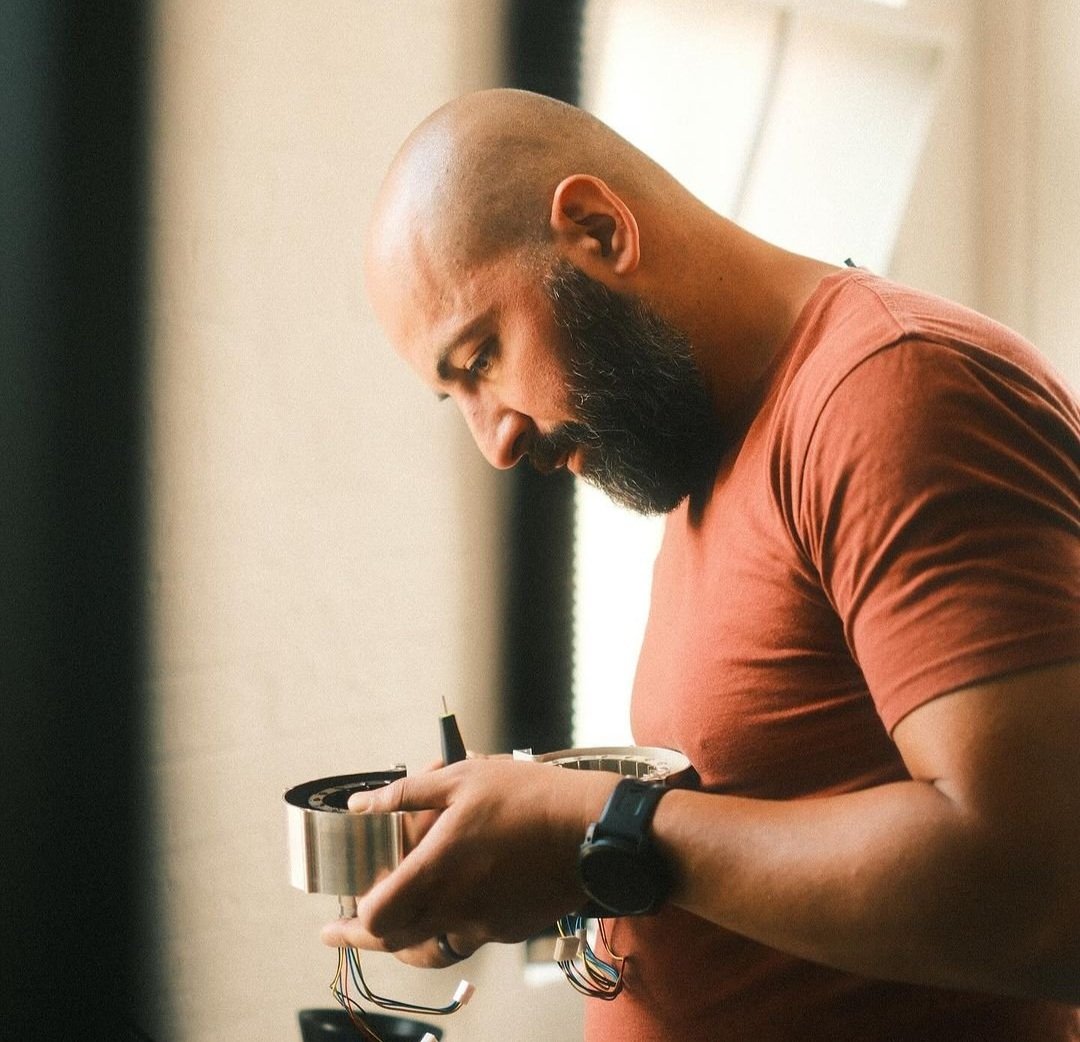
Learn about ROEST products, customers and more
ROEST BLOG
Roasting Strategies with BT/IT Profiles: What You Need to Know
In this post, we’ll share some tips on optimizing your profile, explain why BT/IT profiles are so powerful — and set you up with some sample profiles to start your journey. To kickstart your journey with creating your own BT/IT profiles, we asked some of our early adopters to share what they’ve learned over the last few months of roasting with the new profile type.
A systematic approach to roast profiling
Learn how experts like Jan Komarek from Bailies Coffee Roasters use high-precision sensors and innovative techniques on the ROEST sample roaster to refine production roasts across different machines.
Roast profiling: from sample to production roasting
Read how leading coffee roasters leverage the ROEST sample roaster to maximize coffee's potential and develop production profiles, plus a straightforward strategy for flavor exploration.
Spring Cleaning your ROEST sample roaster
Like any coffee roaster, the ROEST sample roaster needs a bit of maintenance from time to time to keep it in top condition. So, if your ROEST has worked hard for you all year, why not give it a spa day in return?
Adapting to the beans: introducing Bean/Inlet Temperature profiles
Our sample roasters perform the same way each and every time that you roast - but sometimes, the green beans have other ideas. Every batch of beans is slightly different, even if you pull them from the same bag.
The solution is a roast profile that adapts itself to how the beans respond by adjusting the amount of heat according to what stage of the roast the beans have reached. You can do this with Bean Temperature/Inlet Temperature (BT/IT) profiles, a new feature included in our latest firmware update.





